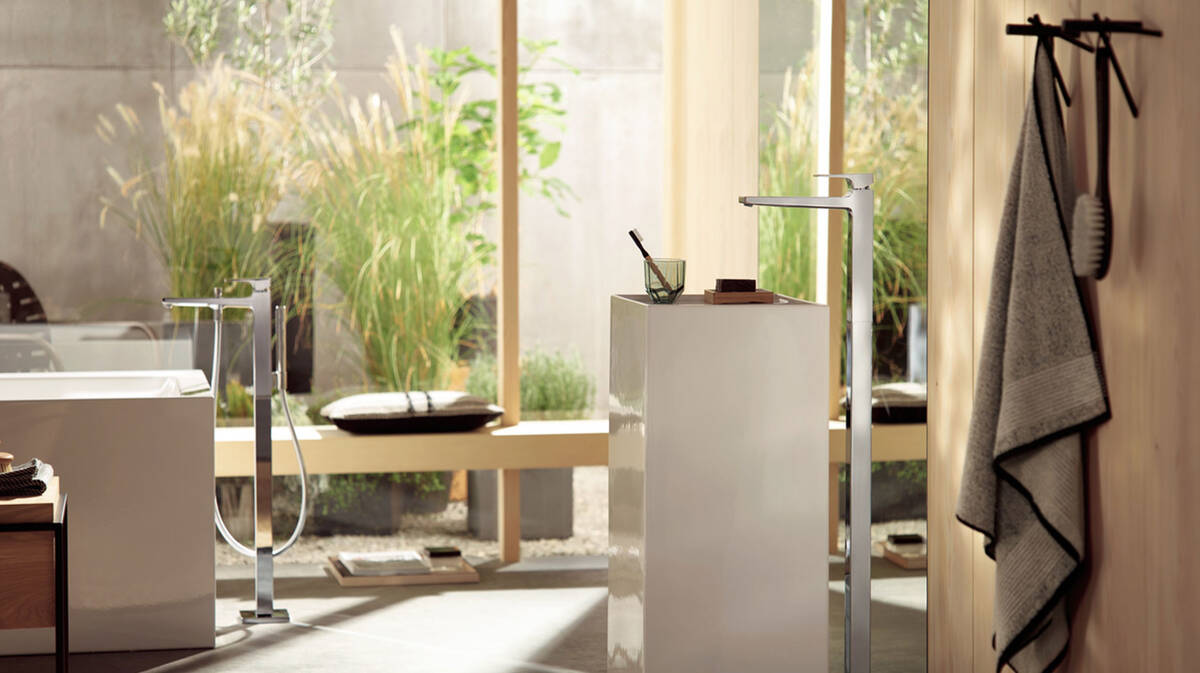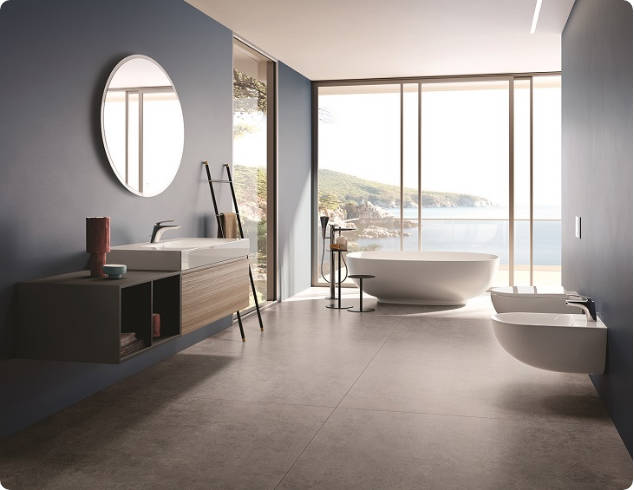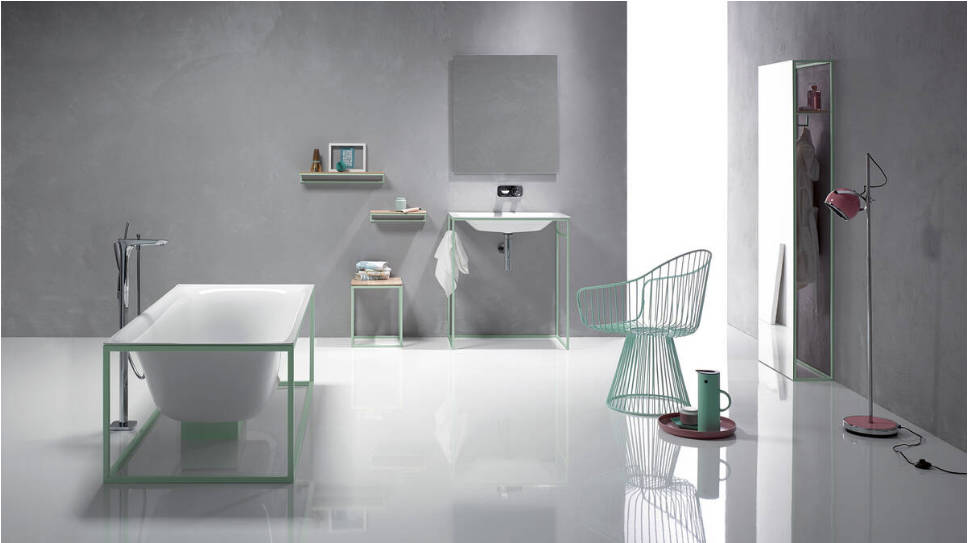U.S. Department Of Commerce Decides To Circumvent Investigation Into China’s Processing Of Wooden Bathroom Cabinets And Cupboards In Malaysia And Vietnam
On June 7, the U.S. Department of Commerce announced its decision to initiate a circumvention investigation to determine whether wooden cabinets and vanities and components (collectively referred to as “WCV”) from China and further processed in Malaysia or Vietnam Whether the U.S. has circumvented the anti-dumping and countervailing orders set by the U.S. for WCV products from China.
Prior to that, the U.S. Department of Commerce had initiated a scoping investigation on May 24 to determine whether WCV products manufactured in China and further processed in Malaysia or Vietnam were included in the scope of the U.S. anti-dumping and countervailing orders against WCV products from China.
The products that circumvent the investigation are described as follows.
- WCV products imported into the United States from Vietnam and originating from China are further processed in Vietnam, including components made in Vietnam.
- WCV products imported into the United States from Malaysia and originating in China are further processed in Malaysia, including components made in Malaysia.
The focus of the circumvention investigation.
- whether the WCV products imported into the United States from China through Vietnam and Malaysia are of the same class or category as the products involved in the double anti-deficiency order set by the United States against the same products from China.
- whether the WCV products from China were further assembled and processed in Malaysia and Vietnam prior to importation into the United States.
- whether the extent of further assembly and processing in Malaysia and Vietnam is minor or insignificant in relation to the overall product composition
- whether the value of WCV products manufactured in China represents a significant portion of the total value of WCV products exported to the United States through Malaysia and Vietnam.
- whether an affirmative finding of circumvention would prevent circumvention of the U.S. double anti-deficiency order against WCVs from China.
In its announcement, the U.S. Department of Commerce indicated that it would, in the course of its investigation
Review the three situations identified by the American Cabinet Alliance (AKCA).
- A Vietnamese company imported finished cabinet doors, drawer fronts and cabinet frames from China. The company manufactured cabinet bodies and drawers in Vietnam. Subsequently, the company combined these components and produced cabinet products that still met the scope of the U.S. dual anti-countermeasures order set for cabinet products from China.
- A Vietnamese company imported semi-finished cabinet doors, drawer fronts and cabinet frames produced in China. The company further processes these components from China in Vietnam, such as trimming, cutting, slotting, punching, drilling, painting, staining, or other finishing processes. The company also produces cabinet bodies and drawers in Vietnam. Finally, the Vietnamese company combined the cabinet doors, drawer fronts and frames produced in China with the cabinet bodies and drawers produced in Vietnam, and the resulting cabinet products still met the scope of the U.S. double anti-countervailing order against cabinet products from China.
- A Vietnamese company imported semi-finished cabinet doors, drawer fronts and cabinet frame components manufactured in China. These components included rails, frames and panels. The Vietnamese company further processed these parts from China in Vietnam, such as trimming, cutting, slotting, punching, drilling, painting, staining or other finishing processes, including assembling these parts to produce semi-finished parts for cabinet doors, drawer fronts and cabinet frames. The company also produces cabinet bodies and drawers in Vietnam. Finally, when the Vietnamese company combined the cabinet doors, drawer fronts and frames produced in China with the cabinet bodies and drawers produced in Vietnam, the resulting cabinets still fell within the scope of the U.S. double anti-deficiency order against cabinet products from China.
Importantly, these circumstances are illustrative only and do not limit the U.S. Department of Commerce from including inspections for other trade patterns in its circumvention investigations.
The American Home Furnishings Alliance (“AHFA”) has submitted comments requesting that the U.S. Department of Commerce confirm that non-permanently installed household furniture does not fall within the scope of the products at issue in this circumvention investigation, but the U.S. Department of Commerce has not provided a definitive response in this regard.
ಆದಾಗ್ಯೂ, it is worth noting that on June 6, the U.S. Customs and Border Protection reversed one of its January 27, 2022 decisions. That decision found that U.S. importer BGI Group had evaded anti-dumping and countervailing duties on wooden cabinets and dressers and their components from China.
The initial decision found that after the April 2020 antidumping and countervailing duty order on cabinets and bathroom vanities from China, BGI began importing assembled cabinets from a Vietnamese kitchen and bath company called HOCA Vietnam, and that BGI had trade with China. The investigation revealed that HOCA Vietnam lacked the capacity to produce cabinets for export to the United States and imported cabinet doors and frames primarily from its parent company in Hangzhou, ಚೀನಾ.
 VIGA ನಲ್ಲಿ ತಯಾರಕ
VIGA ನಲ್ಲಿ ತಯಾರಕ 


